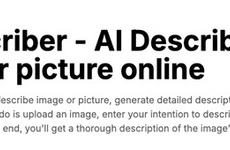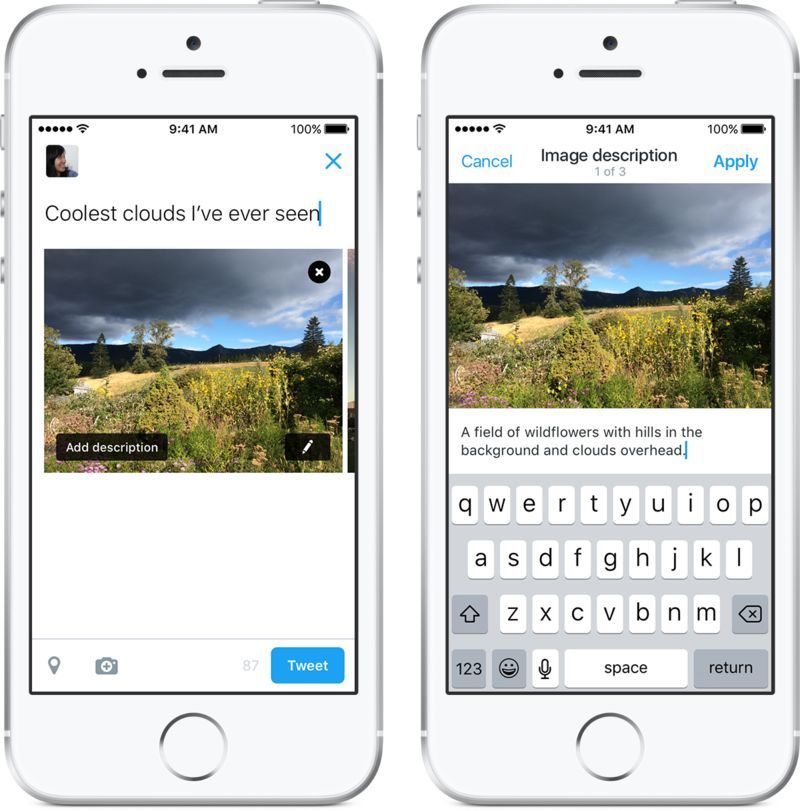
This Platform Now Allows Images to Be Read with Assistive Technology
Katherine Pendrill — April 2, 2016 — Tech
References: blog.twitter & bustle
Twitter is now making its platform more accessible to the visually impaired with a new feature that allows images to be read with assistive technology. Although the platform has an existing feature that allows those who are blind and visually impaired to screen for texts posts, this marks the first time that the same technology has been applied to images.
As part of the latest Twitter update, those using iOS and Android can choose to add short, 420-character-long descriptions to their images. These descriptions will then be rendered as alternative text and read with assertive technology. As the company explains in a blog post about the new feature: "With this update, we’re empowering everyone to ensure content shared on Twitter is accessible to the widest possible audience."
The new feature demonstrates how companies are gradually making use of new technology to make their services more inclusive.
As part of the latest Twitter update, those using iOS and Android can choose to add short, 420-character-long descriptions to their images. These descriptions will then be rendered as alternative text and read with assertive technology. As the company explains in a blog post about the new feature: "With this update, we’re empowering everyone to ensure content shared on Twitter is accessible to the widest possible audience."
The new feature demonstrates how companies are gradually making use of new technology to make their services more inclusive.
Trend Themes
1. Assistive Technology Integration - The integration of assistive technology in social media platforms creates opportunities for more inclusive and accessible user experiences.
2. Accessible Image Descriptions - The ability to add alternative text descriptions to images provides a way to make visual content more accessible to visually impaired individuals.
3. Empowering Inclusivity - Companies embracing accessibility features demonstrate a commitment to inclusivity and reaching a wider audience.
Industry Implications
1. Social Media - The integration of assistive technology in social media platforms has the potential to revolutionize the way social media is accessed and consumed.
2. Accessibility Technology - The demand for advanced assistive technology solutions is growing, creating opportunities for innovation in the accessibility industry.
3. Digital Inclusion - The focus on empowering inclusivity is a driving force behind industries and organizations advocating for digital inclusion.
0.6
Score
Popularity
Activity
Freshness























